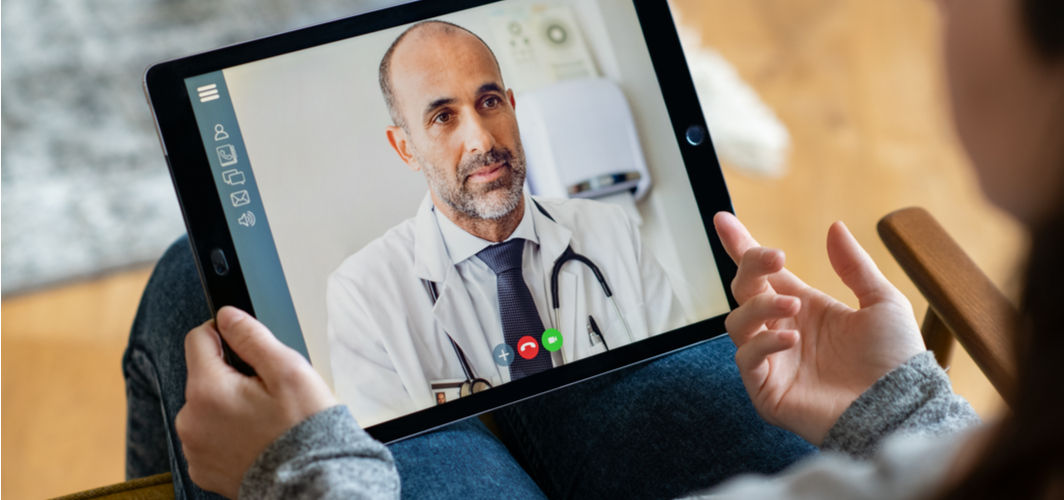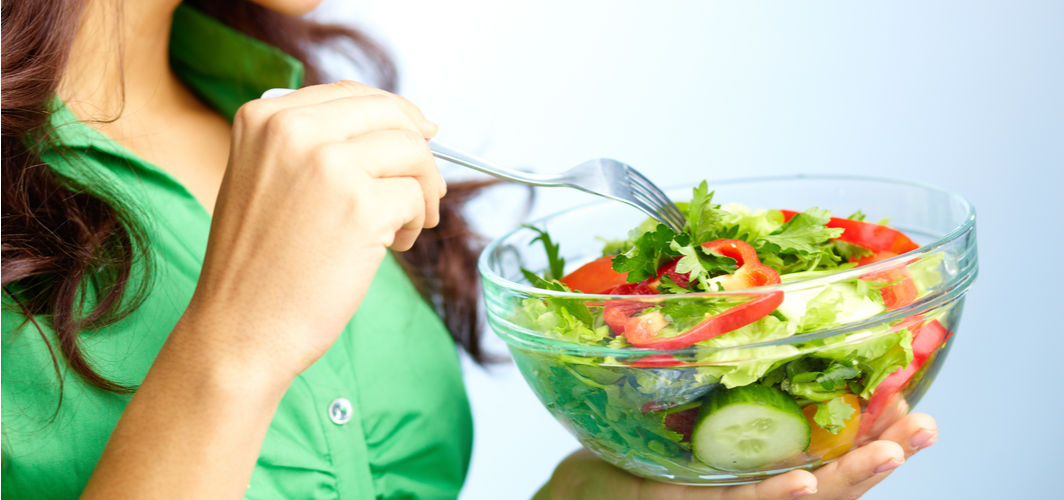General Health
Got Jaundice or Liver Problems? Book A Bilirubin Test To Check Liver & Bile Function
6 min read
By Apollo 24|7, Published on - 06 June 2025
Share this article
0
0 like
.jpg?tr=q-80)
A bilirubin test measures the amount of bilirubin in your blood to see how well your liver functions. Bilirubin is a yellow substance made when red blood cells break down, and the liver turns it into bile to help digestion before it leaves the body through the intestines. If bilirubin levels are higher than usual, it could mean there's a problem with the liver, a blockage in the bile ducts, or that red blood cells are breaking down too quickly. This test helps doctors determine what's causing symptoms like yellowing skin or eyes and guides them in diagnosing liver or blood conditions.
What Causes High Bilirubin Levels (Hyperbilirubinaemia)?
Bilirubin levels rise when the body produces more bilirubin than it can eliminate, often due to the rapid breakdown of red blood cells that overloads the liver. Liver problems like infections, long-term damage, or exposure to harmful substances can reduce the liver's ability to process bilirubin. Blockages in the bile ducts or gallbladder can also stop bile from flowing properly, causing bilirubin to leak into the bloodstream and lead to jaundice, which is yellowing of the skin and eyes.
What Causes Low Bilirubin Levels?
Low bilirubin levels are unusual but usually aren't something to worry about. Sometimes, certain medicines like antibiotics, birth control pills, sleeping tablets, or epilepsy treatments can cause bilirubin to drop a little.
Low bilirubin is usually found by chance during regular blood tests, but that doesn't mean there's a health problem. It usually doesn't need any treatment or further checks.
What Is a Bilirubin Blood Test Used For?
A bilirubin test measures the amount of bilirubin in your blood—a yellowish substance produced when red blood cells break down.
The liver processes bilirubin and removes it from the body through bile, which helps with digestion.
Doctors often use this test to:
- Check liver function
- Detect problems with the bile ducts or gallbladder
- Understand the cause of jaundice (yellowing of the skin or eyes)
- Monitor how well treatments for liver disease are working
It’s a routine test in people showing symptoms of liver issues such as:
- Fatigue
- Abdominal pain
- Dark urine
- Pale stools
- Yellowing of the eyes or skin
- In newborns, the bilirubin test is standard because:
- Their livers are still developing and may not process bilirubin efficiently
- Many babies develop temporary jaundice in the first few days of life
- Most cases resolve on their own, but very high levels can be dangerous and require treatment
Why You Might Need a Bilirubin Blood Test?
Your doctor might ask for a bilirubin test if you notice symptoms like yellow skin or eyes, dark urine, pale stools, or tummy pain. These signs could mean there's something wrong with your liver, such as hepatitis or cirrhosis. The test also helps spot bile duct blockages or monitor liver problems.
It's also useful if your red blood cells break down too quickly, like in haemolytic anaemia, which raises bilirubin levels. Usually, this test is done alongside others to determine why jaundice is happening, check for bile duct issues, see how your liver is doing, watch how treatments are working, or check if medications might be causing problems.
What Happens During a Bilirubin Blood Test?
For adults and older children:
- A small blood sample is taken from a vein in your arm, usually near the elbow.
- You may be asked to avoid eating or drinking for a few hours beforehand, depending on what other tests are being done.
- You’ll feel a brief pinch or sting when the needle is inserted and removed
- .The procedure is quick and typically lasts just a few minutes.
- The collected sample is sent to a laboratory, and your results are usually available soon after.
For newborns with jaundice:
- A tiny blood sample is collected using a heel prick—a small puncture made in the baby’s heel with a sterile lancet.
- This method is quick, safe, and commonly used to check for high bilirubin levels in infants.
- Monitoring is important to prevent potential complications from severe jaundice.
What are Normal Bilirubin Levels?
- Having some bilirubin in the blood is normal, as it’s a byproduct of red blood cell breakdown processed by the liver.
- Normal Reference Ranges (may vary slightly by lab):
- Total bilirubin (all forms combined):
- Adults and older children: ~0.3 to 1.0 mg/dL
- General adult reference: 0.1 to 1.2 mg/dL
- Direct (conjugated) bilirubin:
- Typically 0.0 to 0.3 mg/dL
- Some labs may accept up to 0.4 mg/dL in adults
- Indirect (unconjugated) bilirubin:
- This is calculated by subtracting direct from total bilirubin
- It reflects the unprocessed form and can rise in conditions like Gilbert’s syndrome or haemolysis
Bilirubin Levels in Newborns:
- Newborn babies often have higher bilirubin levels due to immature liver function and the natural stress of birth.
- On the first day of life, direct bilirubin is usually below 5.2 mg/dL.
- It’s common for newborns to develop jaundice with total bilirubin levels above 5 mg/dL in the first few days.
- In most cases, this resolves on its own, but bilirubin levels are closely monitored to prevent complications like kernicterus (a rare type of brain damage caused by very high levels).
When Should You Be Concerned?
Total bilirubin between 0.2 and 1.3 mg/dL is normal for kids and adults. Your doctor may want to run more tests if they are higher, though treatment isn't usually needed immediately.
In newborns, bilirubin levels from 1.0 to 12.0 mg/dL can be typical. But if levels rise quickly or get too high, keeping a close eye on things is essential to avoid problems.
What High Bilirubin Levels Mean?
Newborns often have elevated bilirubin levels shortly after birth. When assessing these levels, doctors consider factors like how quickly bilirubin increases, the infant's age, and whether the baby was premature. Rapid destruction of red blood cells from conditions such as erythroblastosis fetalis, hemolytic anaemia, or immune responses to transfusions can also cause jaundice.
Elevated bilirubin may result from liver issues like cirrhosis, hepatitis, or genetic disorders such as Gilbert's syndrome that affect bilirubin processing. Problems with the gallbladder or bile ducts—such as blockages caused by gallstones, tumours, or narrowing of the ducts—can also lead to bilirubin buildup in the bloodstream.
More about Bilirubin Tests
A bilirubin test is just one part of checking how your liver is doing. If your doctor thinks there might be liver problems or issues with your red blood cells, they could suggest other tests, like:
- Blood tests to see how well your liver is working
- Tests to check specific liver proteins
- A urine test
- An ultrasound scan
- Sometimes, a small sample of liver tissue might be taken for a closer look
Conclusion
If your skin or eyes turn yellow, getting a bilirubin test is a good idea. This usually happens when bilirubin levels are a couple of times higher than usual. You might also notice your urine looks darker, like tea. But sometimes, bilirubin can be high even if you don't see any changes. A bilirubin test helps your doctor determine if something's wrong and what might be causing it.
General Health
Leave Comment
Recommended for you

General Health
Significance of Second Opinion in Making Better Health Decisions
Second opinion is a decision support procedure that involves getting the initial diagnosis or treatment plan for one condition reviewed by another physician or specialist.
.jpg?tr=q-80)
General Health
Total Leucocyte Count (TLC) Test: Normal Range, Importance, Procedure and Results
TLC normal range plays a vital role in assessing your body's immune response. Get detailed insights into its importance and health implications.

General Health
Electrolyte Imbalance: What It Is and How to Prevent It
Often, dehydration is a significant cause of an electrolyte imbalance. To resolve this, one must keep themselves hydrated with fluids that contain added electrolytes.
Subscribe
Sign up for our free Health Library Daily Newsletter
Get doctor-approved health tips, news, and more.
Visual Stories

Plant-based Foods That Are a Great Source of Iron
Tap to continue exploring
Recommended for you

General Health
Significance of Second Opinion in Making Better Health Decisions
Second opinion is a decision support procedure that involves getting the initial diagnosis or treatment plan for one condition reviewed by another physician or specialist.
.jpg?tr=q-80)
General Health
Total Leucocyte Count (TLC) Test: Normal Range, Importance, Procedure and Results
TLC normal range plays a vital role in assessing your body's immune response. Get detailed insights into its importance and health implications.

General Health
Electrolyte Imbalance: What It Is and How to Prevent It
Often, dehydration is a significant cause of an electrolyte imbalance. To resolve this, one must keep themselves hydrated with fluids that contain added electrolytes.